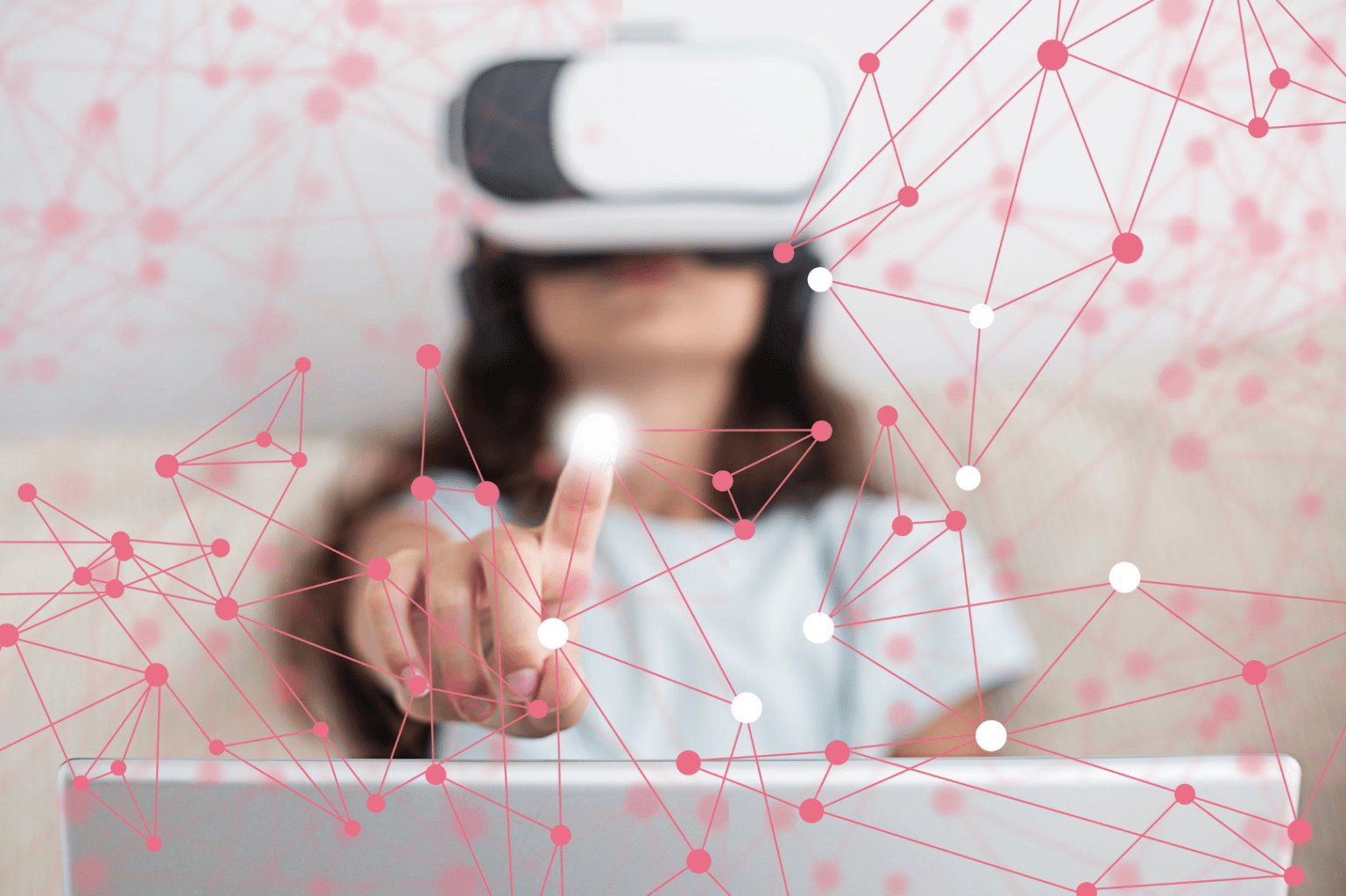From artificial intelligence to micro credentials, here’s a look into the future.
The technological solutions adopted in recent decades by universities and colleges have paved the way for current technological trends in the world of education. The scenario is changing and education institutions around the world are doing their best to find technological solutions that respond to the new requirements defined by the pandemic and post-pandemic scenarios. These new technologies also have the potential to solve complex problems such as equity and inclusion.
Here is an overview of these trends and how some universities are already leveraging these technologies.
Online exams
Several companies have focused on creating platforms for conducting online exams, simplifying the possibility of studying remotely. Ensuring the correct execution of the exams, without the possibility for students to “cheat” proved to be the most critical area. With the help of artificial intelligence, algorithms, chat boxes, facial recognition systems for identity control, and examination session recording systems have been developed.
Podcasting
Podcasts have been around for some time. Globally, the podcasting market size was estimated to be around $ 9.28 billion in 2019. The market is expected to grow at a compound annual growth rate (CAGR) of 27.5% between 2020 and 2028. What drives the growth of the podcast market is the ability to be multitasking.
The real novelty for the world of education is the use of podcasting to increase the receptive capacity of students. Typically, live lessons lead students to have an attention span of less than 10 – 15 minutes. In the case of podcasts, students tend to listen to at least 80% of the recording. They can listen to it whenever and in as many times as they want. This helps students a lot to remember the concepts clearly. Furthermore, the lesson can be quickly transcribed and translated by new technology systems based on artificial intelligence such as Cabolo.
Big data for performance monitoring
Data analysis with virtual machines can be applied to performance but also to the life on campus. Performance tracking can have a real-time impact on education delivery and student learning, enabling changes and improvements. It can also provide information on important trends affecting present and future resource needs. This technology can be used to maintain student records and data to allow immediate feedback and save time. The study of campus life through data allows for the localised improvement of the facilities and activities offered.
Internet of Things (IoT)
The Internet of Things (IoT) is a new technological paradigm that is slowly being used by the education sector by connecting objects through software. It aims exchanging and compiling any type of information without requiring human intervention.
An institution that uses the IoT is referred to as a “smart institution”. Students can opt for a satisfying level of personalised learning through smart devices that use campus Wi-Fi networks to receive and send instructions. The IoT is used in different ways such as to manage attendance digitally through biometrics, to track the location of students in real-time, monitor school buses and the use of electricity, and to detect the presence of people in a room.
Virtual reality
Virtual reality (VR) is an immersive and engaging learning experience. Students can gain knowledge about experiments that are often too complex, expensive or dangerous to be allowed in a normal laboratory. VR labs allow students and teachers to conduct advanced science experiments in the labs in virtual reality, right from their desks. Instead of just reading a book, VR labs allow students to interact with objects and understand their features in-depth.




